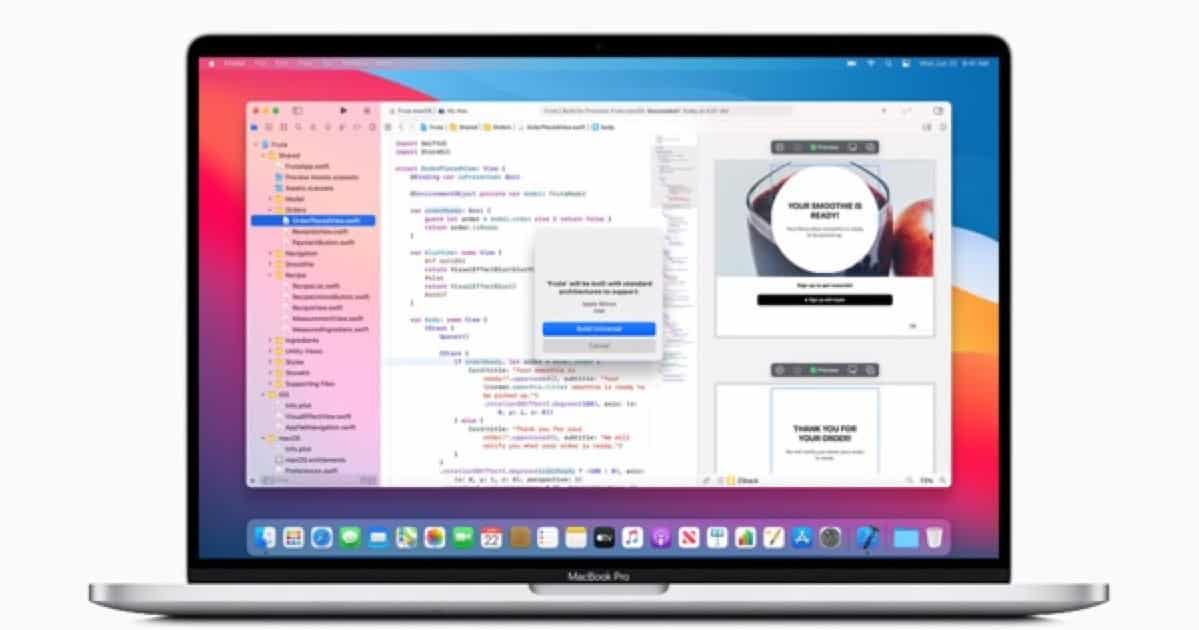Senators Lindsey Graham (R-South Carolina), Tom Cotton (R-Arkansas) and Marsha Blackburn (R-Tennessee) introduced the Lawful Access to Encrypted Data Act yesterday. It seeks to bring back the Crypto Wars of the 1990s by crippling encryption with the introduction of backdoors.
Yet increasingly, technology providers are deliberately designing their products and services so that only the user, and not law enforcement, has access to content – even when criminal activity is clearly taking place. This type of “warrant-proof” encryption adds little to the security of the communications of the ordinary user, but it is a serious benefit for those who use the internet for illicit purposes.
”Adds little to the security of the communications of the ordinary user.” That’s the level of contempt these people have for the rest of us.


















